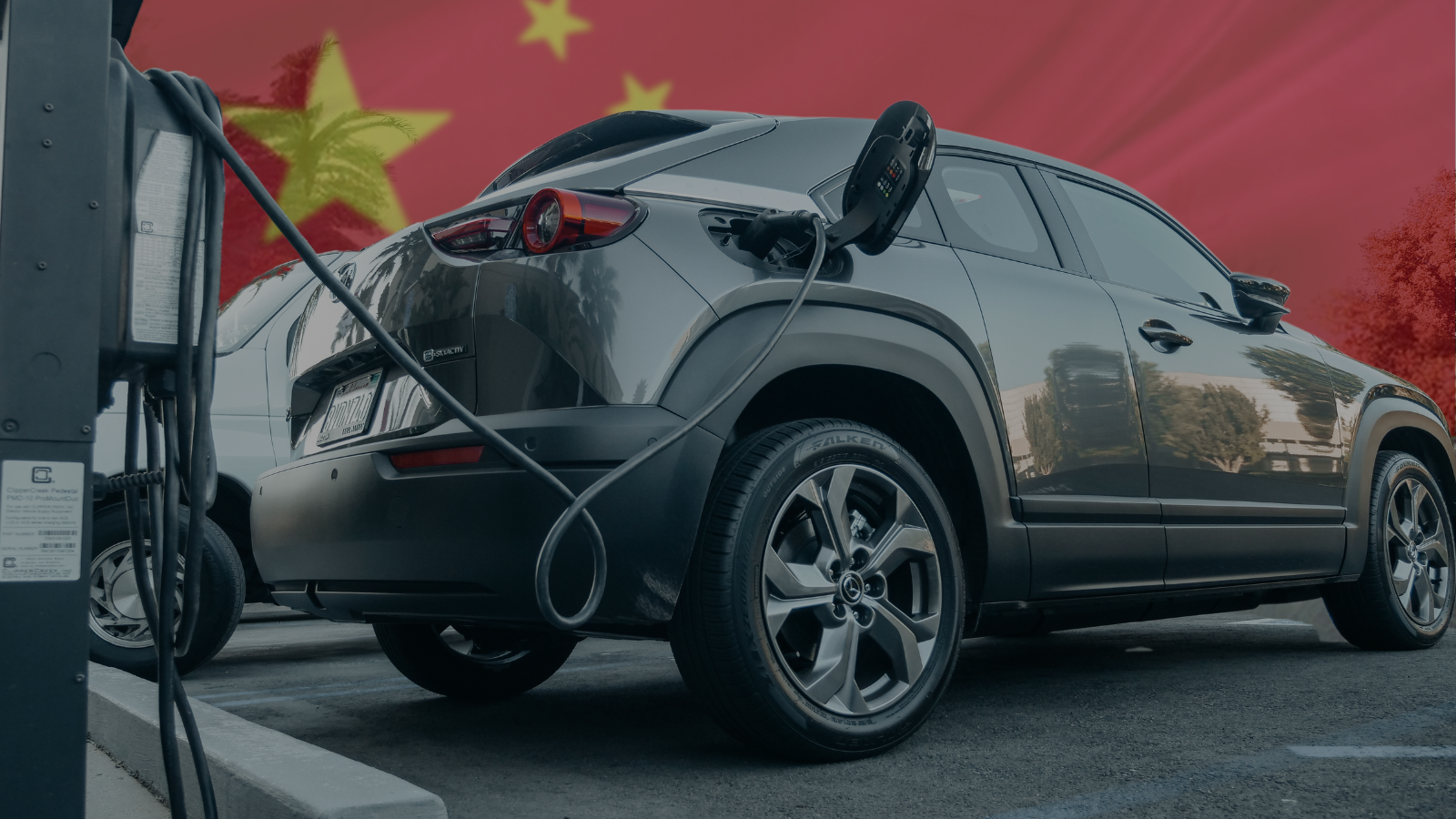While European politicians aim to address unfair trade practices, concerns arise from sectors heavily reliant on Chinese markets, like agriculture. Despite efforts to address import dependencies, export risks are understated.
During Chinese President Xi Jinping’s trip to France in early May, impending European measures against Chinese clean energy industries were high on the agenda. While European politicians appeared determined to push ahead with measures against unfair practices by Chinese exporters, not everyone in Europe was convinced this was a good idea. European agriculture exporters to China voiced their concerns, as they felt they were unfairly caught up in the trade disputes and the EU Agriculture Commissioner vowed to protect his sector from trade tensions.
This is an example of the Europeans openly displaying their export dependency, as the sector derives a large portion of its revenue from China and a decrease in exports would result in cuts in revenue, profits, and employment.
EU’s vulnerability to trade weaponization
In recent months, the European Union and a number of its member states have paid increased attention to economic security, resulting in a slew of policies that aim to address primarily the risks embedded in its economic dealings with China. While most of these policies address trade dependencies, except for dual-use goods exports, they focus on one direction: imports into the EU. From critical raw materials to solar panels to electric vehicles, the EU has been preoccupied with the challenges posed by importing goods from China.
However, there are also significant risks in exporting goods, as depicted in the earlier example of agricultural exports. The policy response in this area is currently subdued, for a number of reasons: low political salience, opacities with measuring, and difficulties with finding appropriate policy tools.
The relatively low priority of European export dependency has not always been the case. In fact, it became top news in 2021 in the widely publicized case of the Sino-Lithuanian spat. The Lithuanian government opted for a high-profile falling out with China after assessing the potential economic damage as low and manageable. However, China’s unprecedented weaponization of supply chains in order to attack Lithuania has revealed a weakness: the reliance on bilateral trade data has not shown the full picture of Lithuania’s economic exposure towards China, and the Baltic state’s politicians based their decisions on imprecise figures.
Had they derived their decisions from the analysis of global value chains, their choices might have been different. As the econometric analysis by the Central European Institute of Asian Studies shows, when counting indirect trade linkages, Lithuania is almost 250% more exposed to Chinese demand as the official records show.
The lesson learnt in Lithuania
China’s attack on Lithuania was an attack on the common European market, which alarmed politicians in Brussels and elsewhere on the continent. While the EU did respond to this event by introducing the Anti-Coercion Instrument, it remains unclear what it can accomplish. The European politicians admit this instrument is of preventative character and might not be of much help in case of an actual incident.
Nevertheless, the issue reached the peak of its political salience in 2021, as it was overshadowed a few months later by the war in Ukraine. Import dependency has become a central preoccupation in Europe and the EU’s efforts to wean itself off Russian fossil fuels soon spilled over into the relations with China. Starting with the medical supply shortages at the onset of the pandemic in 2020, Europeans have faced a series of disputes with China on the import side, which, among others, include electric vehicles, solar panels, and rare earths.
Apart from the decreasing attention to the issue, another problem of export dependencies is the opacity of its measuring. As the Lithuanian example has shown, exports are not only direct – for instance, an agricultural product is sold from France to China – but also indirect. In a world of complex supply chains, intermediate products can cross multiple borders before ending up with the final consumer. Lithuanian auto parts were sold to Germany, however, as the German cars were shipped to China, it also increased the Lithuanian export exposure towards China.
Gathering indirect export data is a labour-heavy exercise, which results in the data becoming available with a significant time lag. This may cause the information to be outdated by the time we receive it: the steep rise of Chinese car exports to the EU and the associated decline of European car exports to China will only be reflected in the statistics of the next two years.
The challenge for policy-making
Perhaps the most difficult part in addressing this issue is finding appropriate legislative measures to manage it. The most obvious suggestions would include regular measurement and monitoring of exposures, public-private dialogue to communicate the risks, and preparations for contingency planning in case dependence is weaponized. Arguably, the most effective way would be for governments to work with private companies on diversifying their portfolio of overseas customers and limiting their exposures to a single export market.
However, profit-seeking exporters are very unlikely to accept any limitations, and it would be also difficult to draw a line: what level of export exposure is acceptable and when is it too high? Additionally, unlike in Japan where the government coordinates economic security measures in cooperation with its largest enterprises, the European governments do not usually work in close tandem with their private sector, which would make it more difficult to implement such measures.
Notwithstanding the current challenges, export dependency is a risk that the European countries must address – and not only vis-à-vis China. While solutions are scarce and difficult to implement, after a few rounds of iterations an experimental framework would likely develop workable and useful solutions.
The article was originally published by Italian Institute for International Political Studies.









